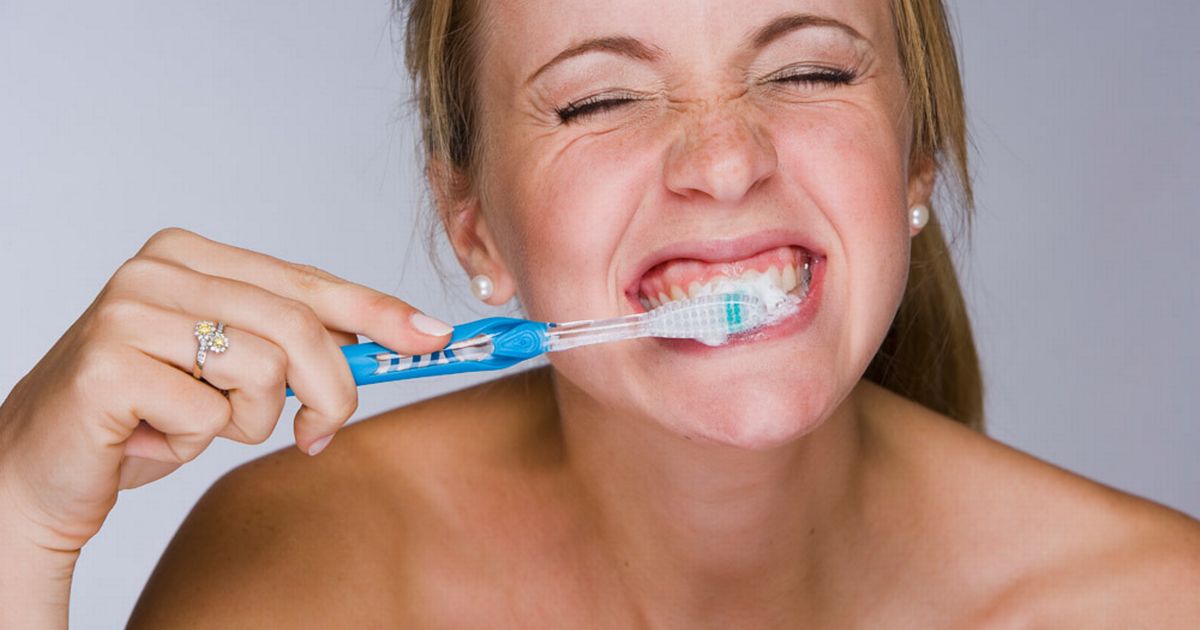Guide To Treating Sialorrhea
Sialorrhea is the medical term for excessive salivation or drooling. This problem is commonly found in children with neurological impairments, as well as in adults who have had a stroke or those with Parkinson's disease. The most common cause is difficulty controlling the facial and oral muscles. There are also several contributing factors, including excessive secretion of saliva, postural problems, teeth problems, and difficulty with recognizing when saliva is spilling. Sialorrhea can have multiple physical complications like dehydration, odor, and chapping. It can also cause social complications due to stigmatization, which can be detrimental to an individual's quality of life.
Proper Oral Hygiene

One of the ways to treat sialorrhea is through proper oral hygiene. This won't necessarily rectify the problem entirely, but it can help. It's important to note, though, sialorrhea is not a sign of poor dental hygiene. Hygiene procedures can help to treat certain complications from excessive drooling. For example, they may help with dehydration or with the germination of bacteria that occurs due to dehydration. Wearing lip balm can help chapped lips. Most dentists recommend brushing one's teeth twice a day, which helps prevent cavities and decay from forming.
While many individuals brush in the morning, they may neglect to brush at night. It's important to brush teeth before bed because plaque and germs accumulate during the day. If individuals aren't swallowing their saliva, the dryness in their mouth makes the bacteria breed even more voraciously. An electric toothbrush tends to be more effective than a manual one, and it may be easier for individuals with neurological impairments to operate. While fluoride toothpaste isn't recommended for young children, it is a good choice for adults.
